This Thesis is an inspiration from the photographs of Edward Burtynsky. Many of Burtynsky’s photographs initially seem picturesque and remarkable until our brain registers the sheer scale of these landscapes, after which they take in a whole different dimension. These landscapes can be classified into Additive manufactured landscapes and subtractive manufactured landscapes. Subtractive landscapes such as open pit mines prove to be a potential hyper object since they are formed over a period of time with or without human interventions. In the case of residual characteristics, their reclamation Is highly unlikely due to the monumentality of their existence. This study focuses on the very physical existence of such colossal open pit mines in the earth’s surface that occur in the most brittle of environments, where subtle balances formed over millennia are easily disrupted without recognition and are beyond reclaim.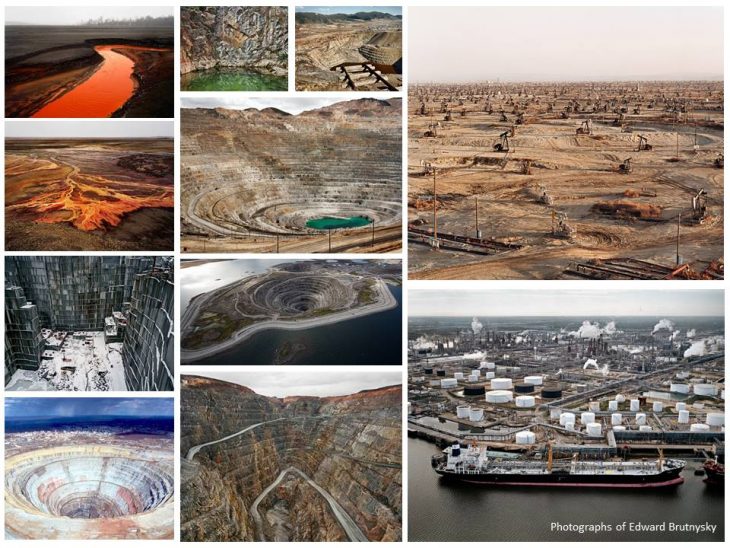 To understand how these landscapes have formed or have transformed, different mines across the world were cataloged.
To understand how these landscapes have formed or have transformed, different mines across the world were cataloged.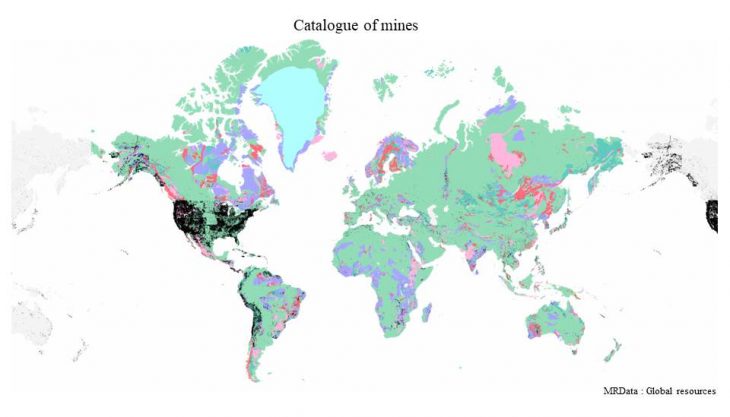 Site-specific studies were done on different types of mines classified based on their typology. Study of the mines was limited to Physical parameters such as geological and geotechnical details, the size and topography of the mines, Faults and environmental effects, peculiar climatic setting etc. Conventional reclamation strategies of such residual mines fail to explore the Intangible conditions of the site such as the airflow dynamics that have been knowingly or unknowingly altered by human intervention.
Site-specific studies were done on different types of mines classified based on their typology. Study of the mines was limited to Physical parameters such as geological and geotechnical details, the size and topography of the mines, Faults and environmental effects, peculiar climatic setting etc. Conventional reclamation strategies of such residual mines fail to explore the Intangible conditions of the site such as the airflow dynamics that have been knowingly or unknowingly altered by human intervention.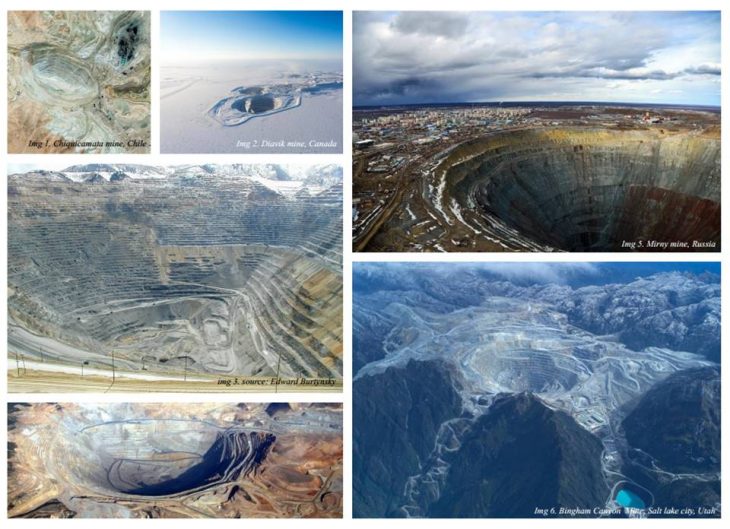 Having understood the physical characteristics of different mine sites, The site chosen to intervene was an abandoned open pit diamond in the Siberian province of Sakha Republic, Russia. Unlike other mining sites, This void was the origin of the development of the mirny city. (525 m) deep and (1200 m) in diameter. The development of the mine had started in 1957 in extremely harsh climate conditions. Seven months of winter per year froze the ground into permafrost, which was hard in winter but turned into sludge in summer. Buildings had to be raised on piles so that they would not sink in summer and the Main Processing Plant was built 20kms away on better grounds. The peculiarity of this site is that the airspace above the mine is closed for helicopters because it sucks them with its downward air flow.
Having understood the physical characteristics of different mine sites, The site chosen to intervene was an abandoned open pit diamond in the Siberian province of Sakha Republic, Russia. Unlike other mining sites, This void was the origin of the development of the mirny city. (525 m) deep and (1200 m) in diameter. The development of the mine had started in 1957 in extremely harsh climate conditions. Seven months of winter per year froze the ground into permafrost, which was hard in winter but turned into sludge in summer. Buildings had to be raised on piles so that they would not sink in summer and the Main Processing Plant was built 20kms away on better grounds. The peculiarity of this site is that the airspace above the mine is closed for helicopters because it sucks them with its downward air flow.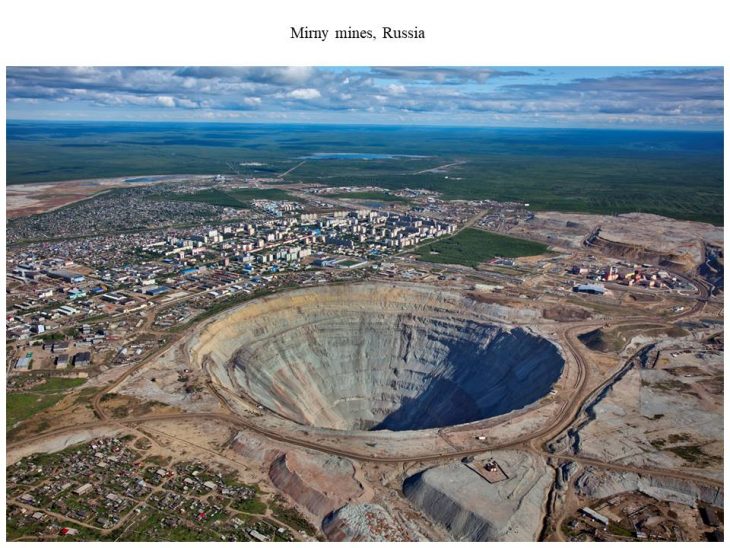 The research framework follows a very clear and simple hierarchy. In short, A Pareto optimization framework integrated with geometric variations and aerodynamic computations aids the design and conglomeration of functionally-performing Wind activation systems that could potentially accelerate the renewable qualities such as induced aerodynamics caused due to the sheer size and shape of these Postnatural Entropic landscapes.The Proposal is tabulated in two phases. The former being an explicit research on the peculiarity of physically induced aerodynamics caused due to the sheer size and shape of these terrains and the Latter being a computational fluid dynamic study of forms that could accelerate the wind velocity and eventually assist in the energy production.
The research framework follows a very clear and simple hierarchy. In short, A Pareto optimization framework integrated with geometric variations and aerodynamic computations aids the design and conglomeration of functionally-performing Wind activation systems that could potentially accelerate the renewable qualities such as induced aerodynamics caused due to the sheer size and shape of these Postnatural Entropic landscapes.The Proposal is tabulated in two phases. The former being an explicit research on the peculiarity of physically induced aerodynamics caused due to the sheer size and shape of these terrains and the Latter being a computational fluid dynamic study of forms that could accelerate the wind velocity and eventually assist in the energy production.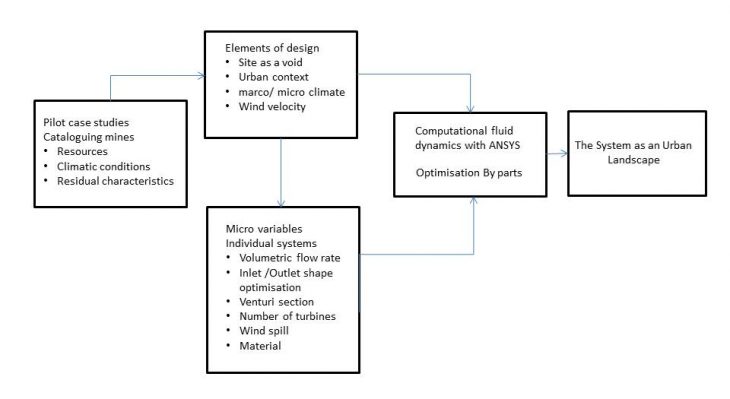 In order to understand the peculiarity of the Mirny site, wind flow dynamics of this mine was simulated using ANSYS CFD simulation software based on the weather data obtained from the mirny airport.
In order to understand the peculiarity of the Mirny site, wind flow dynamics of this mine was simulated using ANSYS CFD simulation software based on the weather data obtained from the mirny airport. The results of Overlaying the pressure and velocity contours proves that the change in the structure of the void over a period of time had unintentionally altered the airflow dynamics of the site. The ultimate question was, what kind of infrastructure could accelerate this intangible potential of these manufactured landscapes.
The results of Overlaying the pressure and velocity contours proves that the change in the structure of the void over a period of time had unintentionally altered the airflow dynamics of the site. The ultimate question was, what kind of infrastructure could accelerate this intangible potential of these manufactured landscapes. 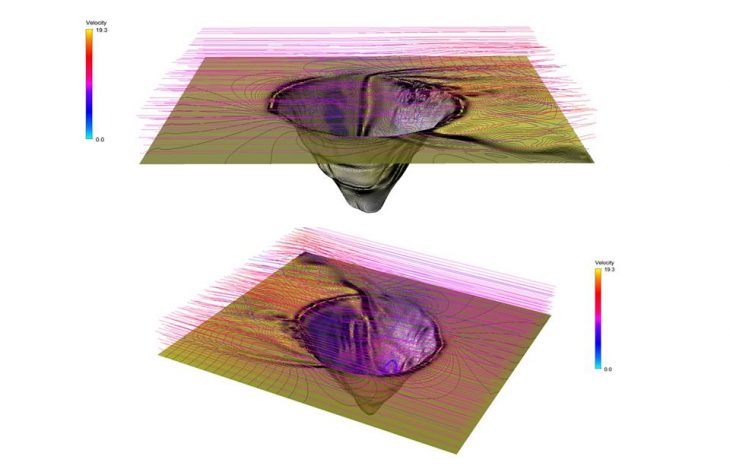
The Infrastructure
Due to the size of the void, There is a huge pressure difference created across the altitude extents of the mine. The infrastructure is expected to activate this wind flow and channelize it through a Venturi section where a series of turbines installed generate energy and the wind is dispersed to the environment through the outlet. In order for the system to be efficient, Part by part optimization strategies was followed.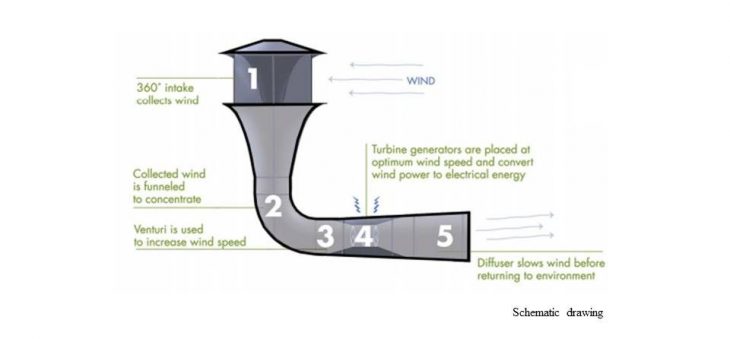 Part 1 is the Wind inlet. Unlike traditional wind turbines, The design of this is Omnidirectional. Since the wind inlet is the most crucial component of the unit, many configurations have been tried out based on certain parameters such as the Reynolds number, Volumetric inflow rate etc.
Part 1 is the Wind inlet. Unlike traditional wind turbines, The design of this is Omnidirectional. Since the wind inlet is the most crucial component of the unit, many configurations have been tried out based on certain parameters such as the Reynolds number, Volumetric inflow rate etc.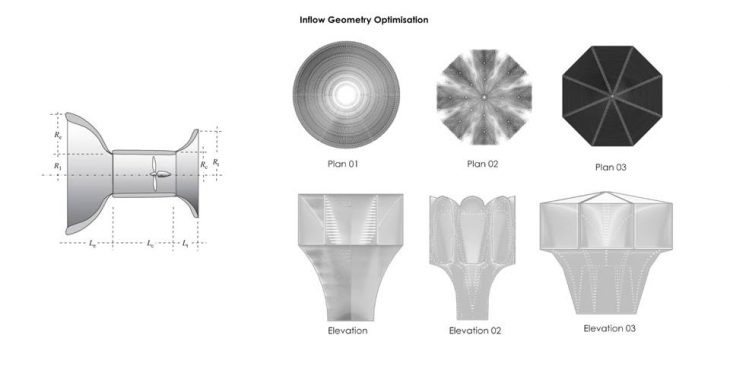 Part 2 is the Venturi section.
Part 2 is the Venturi section. 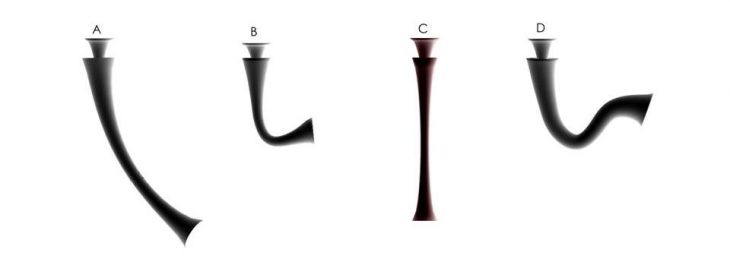 Based on Ansys Adjoint solver, The Venturi section is enclosed within a bounding box informed by the site velocity and pressure contours. The Solver is iterated Within a certain parameter such as directional x,y,z velocity, Average Pressure etc.
Based on Ansys Adjoint solver, The Venturi section is enclosed within a bounding box informed by the site velocity and pressure contours. The Solver is iterated Within a certain parameter such as directional x,y,z velocity, Average Pressure etc.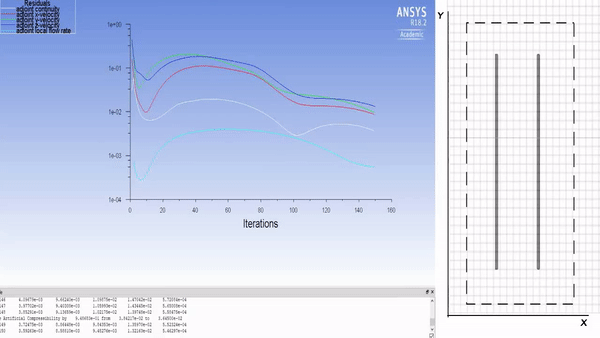 Based on one of the optimization solution from the above iteration, This is a Simulation of an optimized tube that proves that the wind velocity is increased in the Venturi section.
Based on one of the optimization solution from the above iteration, This is a Simulation of an optimized tube that proves that the wind velocity is increased in the Venturi section.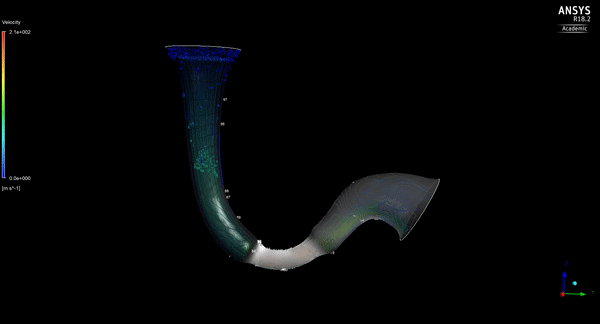 The velocity is higher at the venturi section and is an ideal location to place the wind turbines.
The velocity is higher at the venturi section and is an ideal location to place the wind turbines.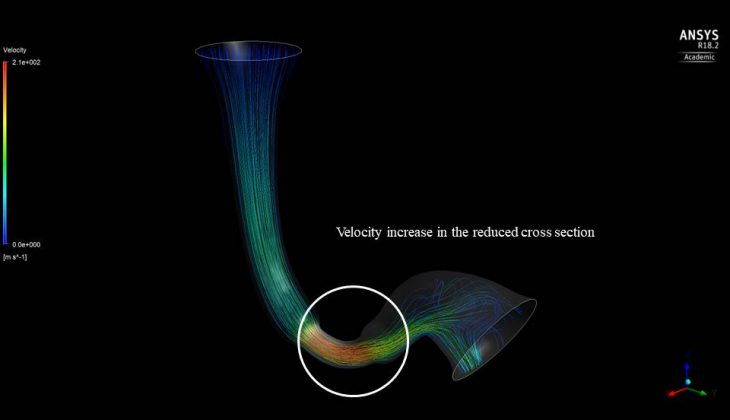 Once we have the optimized Section or sections, They are overlayed onto the site contours in order to check for turbulence. This again would alter the design constraints and the needs to be iterated again.
Once we have the optimized Section or sections, They are overlayed onto the site contours in order to check for turbulence. This again would alter the design constraints and the needs to be iterated again.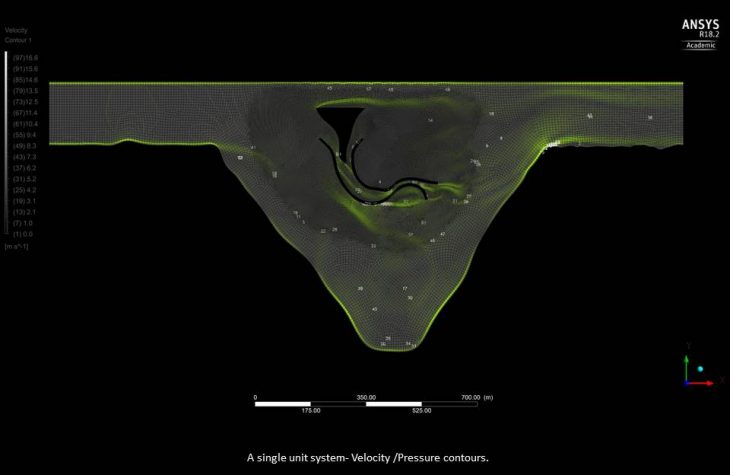 This is a zoomed view of a Venturi section overlayed onto the site velocity contours. As you can see, in zones 1,2,3,4,5&6, The turbulence is too much that the section would fail and would Prove inefficient.
This is a zoomed view of a Venturi section overlayed onto the site velocity contours. As you can see, in zones 1,2,3,4,5&6, The turbulence is too much that the section would fail and would Prove inefficient.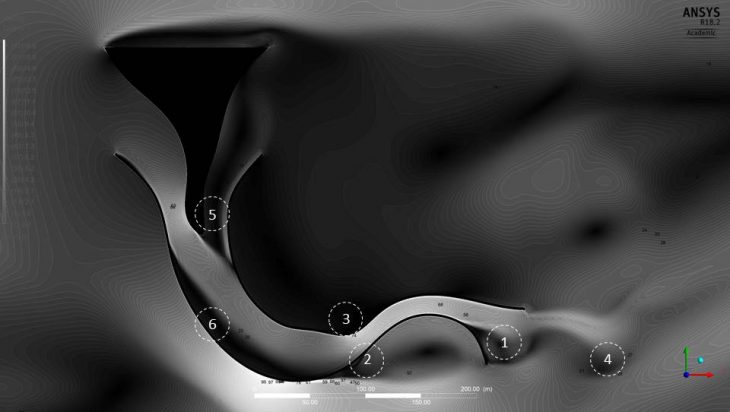 This is an ANSYS simulation explores how the Pressure contour value changes when a system is introduced into the site. So the design parameters had to be altered accordingly to achieve the optimized form.
This is an ANSYS simulation explores how the Pressure contour value changes when a system is introduced into the site. So the design parameters had to be altered accordingly to achieve the optimized form.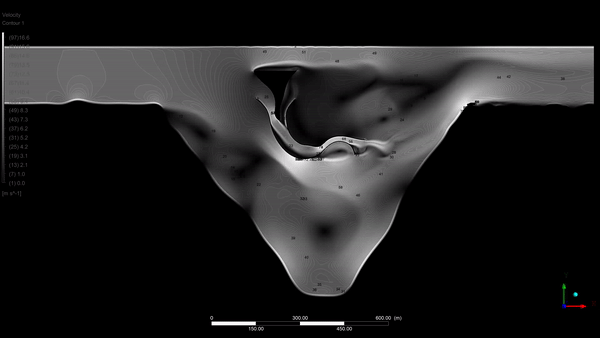 Now that a single working system is reliable, efficiency could be increased by multiplying such systems of Varying scales. The below image depicts Velocity and Pressure contours when multiple systems are introduced into the site model. Continued iterations and simulations, Relatively efficient forms were developed and agglomerated.
Now that a single working system is reliable, efficiency could be increased by multiplying such systems of Varying scales. The below image depicts Velocity and Pressure contours when multiple systems are introduced into the site model. Continued iterations and simulations, Relatively efficient forms were developed and agglomerated.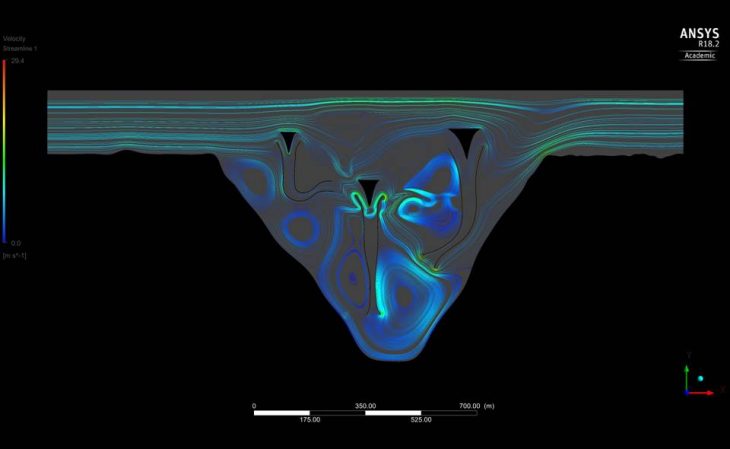 Agglomeration of All the objects in the manufactured landscape. The obtained cluster is a functionally-performing hybrid urban landscape based on existing principles and phenomena that could potentially aid residual terrains to become resourceful again.
Agglomeration of All the objects in the manufactured landscape. The obtained cluster is a functionally-performing hybrid urban landscape based on existing principles and phenomena that could potentially aid residual terrains to become resourceful again.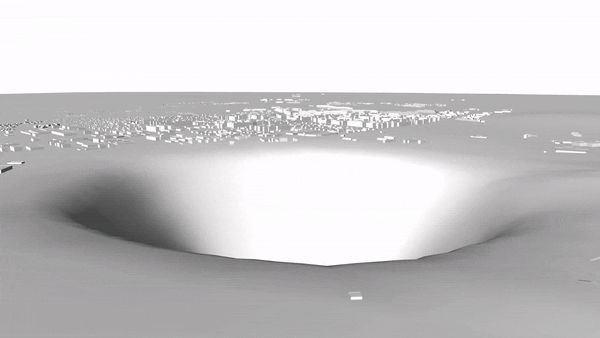 The Aerodynamic Infrastructure
The Aerodynamic Infrastructure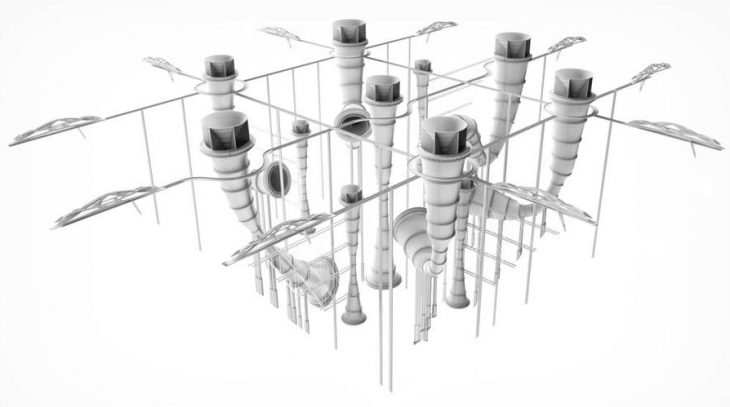 The Aerodynamic Infrastructure_Aeriel View
The Aerodynamic Infrastructure_Aeriel View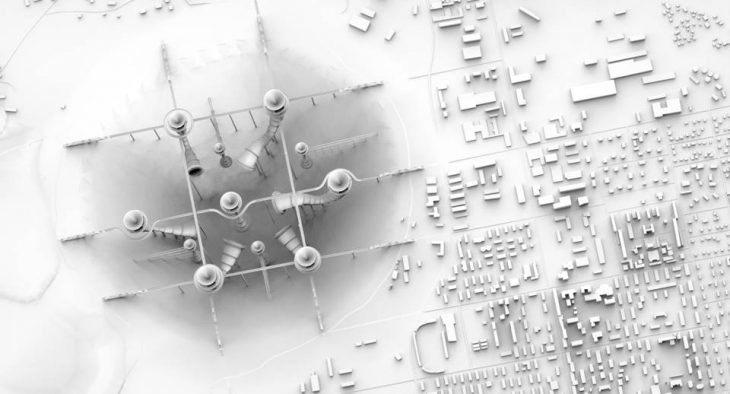 The Aerodynamic Infrastructure_ Perspective View
The Aerodynamic Infrastructure_ Perspective View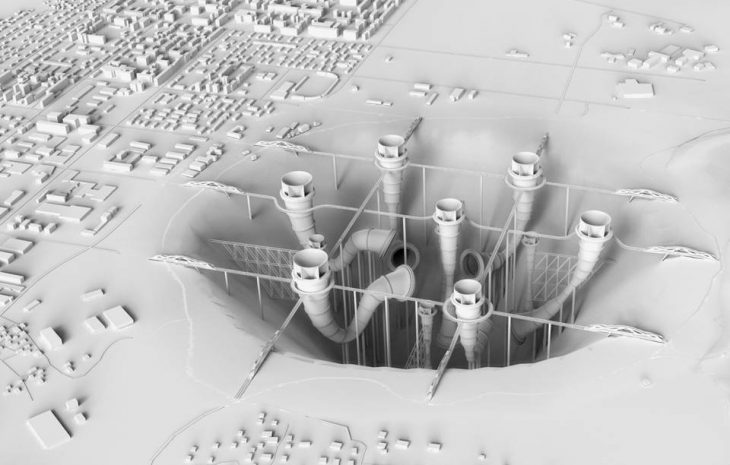 Final Imagery of the HYPEROBJECT
Final Imagery of the HYPEROBJECT
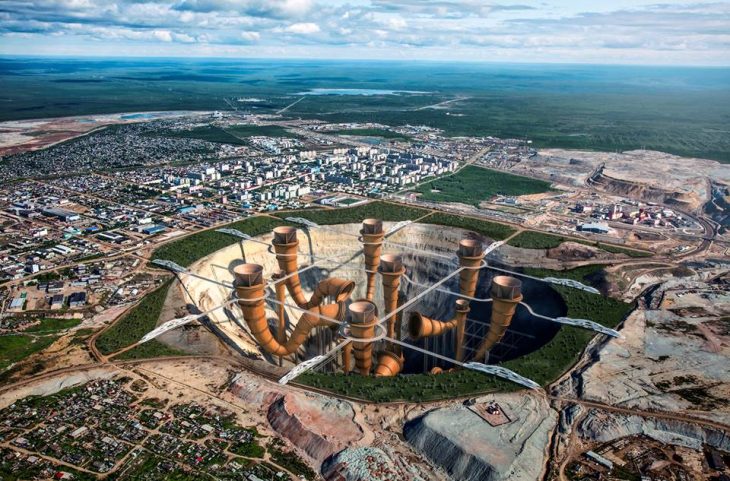 The Aerodynamic Infrastructure_Physical Model
The Aerodynamic Infrastructure_Physical Model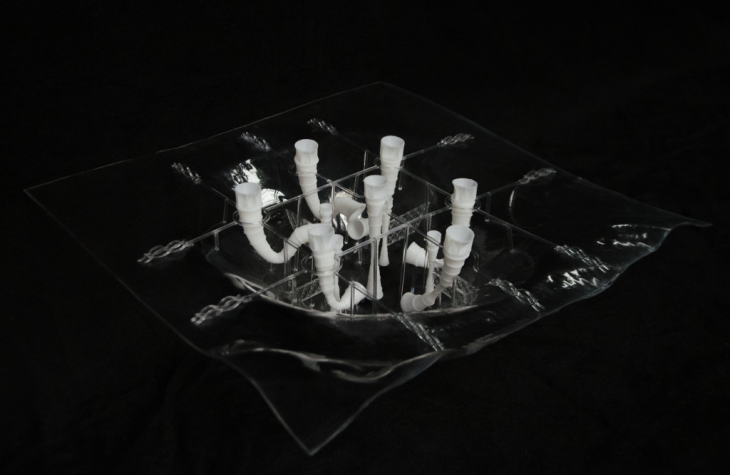
Thesis Studio – The City in the Age of Hyperobjects,2017-2018
Faculty – Peter Trummer
Faculty Assistant – Jordi Vivaldi Piera
Student – Kaushik Raghuraman